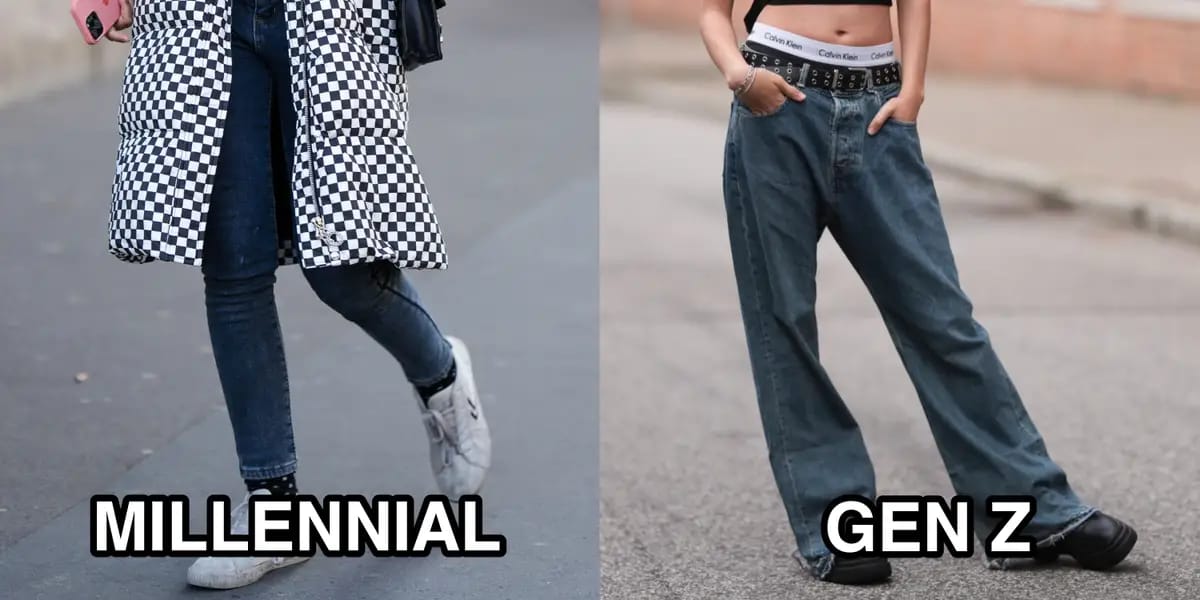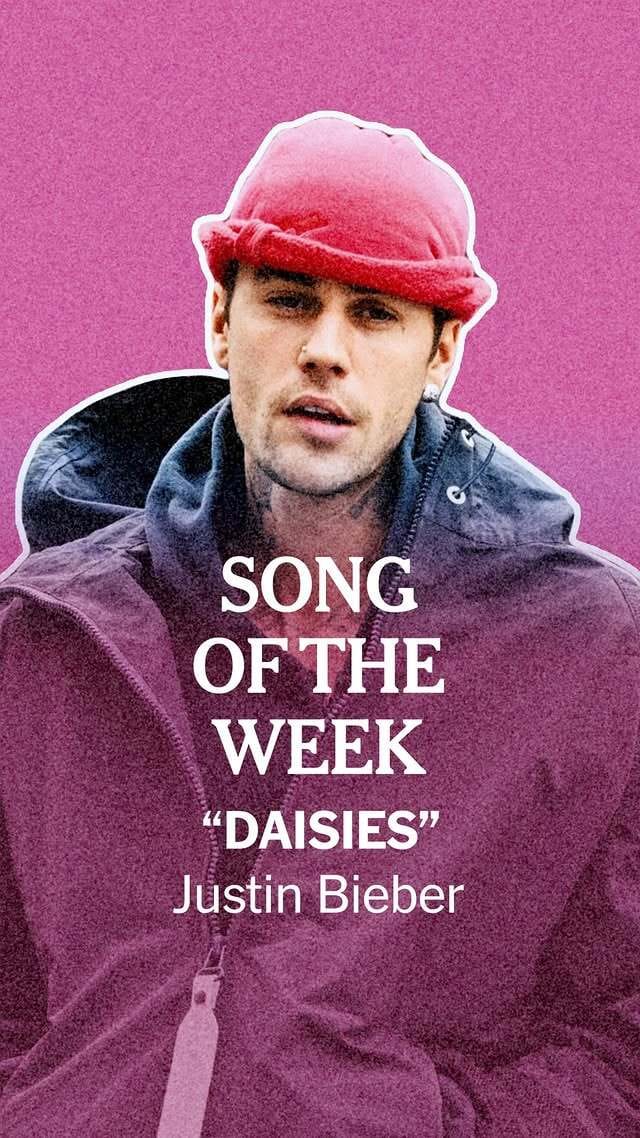- Capsule
- Posts
- Capsule #106 ft. Jessica Corrigan
Capsule #106 ft. Jessica Corrigan
Getting into Zillennial culture.
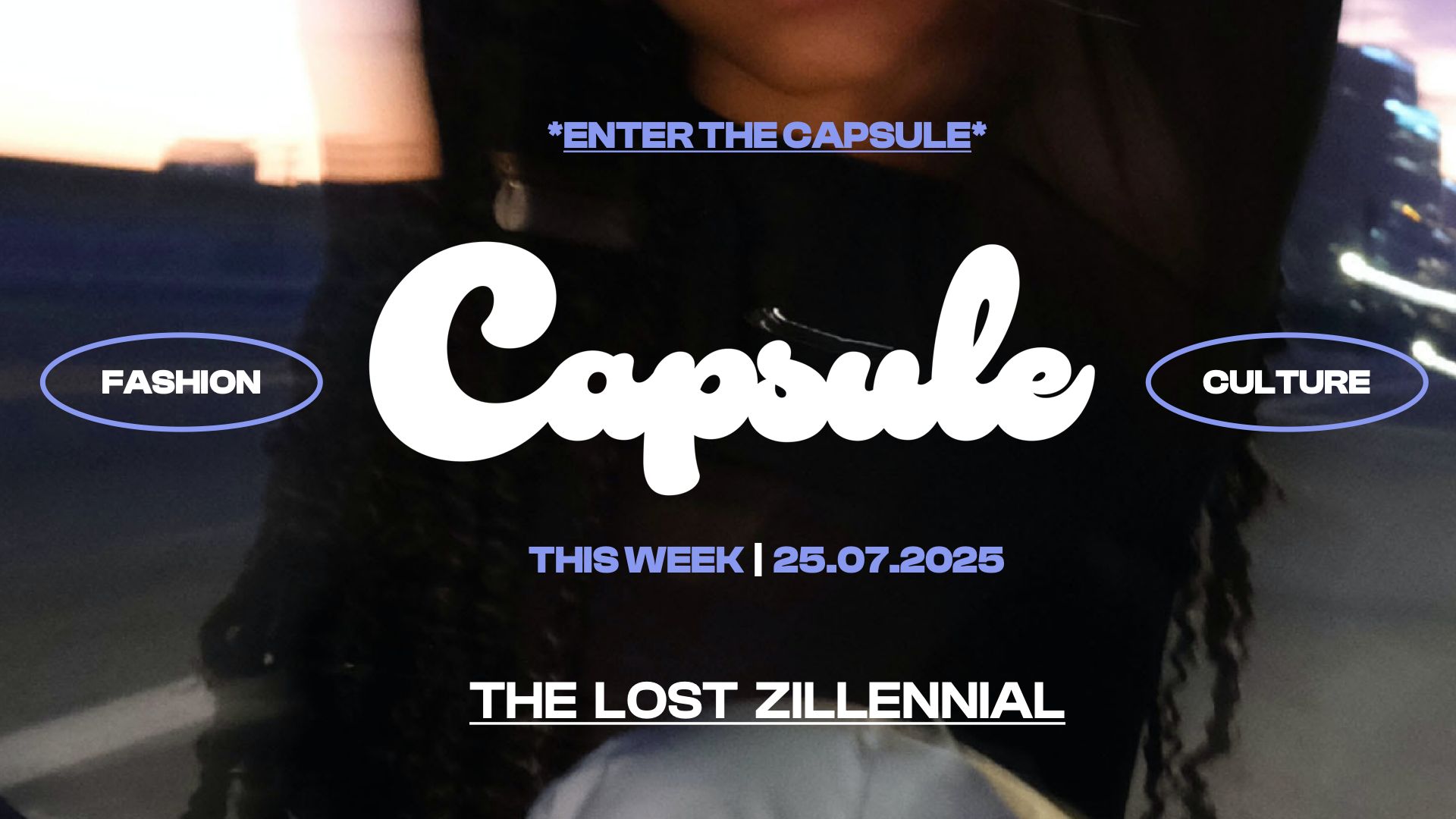
Hello!
Hope you are all well this Friday 🫶.
For today’s issue, I’m sharing an essay I wrote for Dirt last week. It’s about Zillennial culture, feeling stuck between two generations, and the media landscape surrounding each side. I wanted to publish it here too because I think it helps to explain the origins of Capsule and the desire to carve out something new. I hope you enjoy it!
If you joined Capsule via Dirt last week and have already read the essay, here are few archive issues you might enjoy:
Beyond that, make sure you scroll for this week’s Hot & Not lists from Jess Corrigan, and a bunch of great recs to read, watch, and listen to this weekend.
Thank you for reading, and sending love,
Holly x

The Lost Zillennial
Over the past few years, trend forecasters and marketers have been obsessed with categorizing things as either Millennial (cringe) or Gen Z (cooler, depending on who you ask). Jeans are a big battleground: Millennial denim is skinny or straight leg, a style born out of striving for modernity and forward progression. By contrast, the Gen Z preference is low-slung, baggy, or embellished with 90s motifs, a callback to a time they romanticize as more analogue and somehow simpler.
The prevalence of this debate and its infiltration into marketing efforts means that most people know which generation they fall into, and a few of the core identifiers. We know that millennials love Harry Potter, remember 9/11, and had childhoods without cell phones or social media. Gen Z grew up in digital space, lived their formative years through a pandemic, and generally have a preference for messy authenticity.
But for cuspers, or Zillennials, a microgeneration born between 1993-1998, the neat categorizations dissolve. Instead, we’re stuck in the awkward middle, arriving too late to properly contribute to Millennial culture, yet feeling too old to fully embrace Gen Z trends. Many of us spent our childhoods idolizing millennials, and had older siblings which made us feel like we got it. We watched millennials upload photo albums of nights out taken with point-and-shoot cameras and dutifully copied the aesthetic—peace signs and pouts galore—confined to our bedrooms or nearby parks because we were too young to actually go out. And when the pendulum swung to Gen Z dominance in recent years, much of it felt fresh and fun (watching Addison Rae on TikTok, customizing your bag with charms, resurrecting the digital camera to create nostalgia-flushed photos), but ultimately, a bit childish—something of a regression.
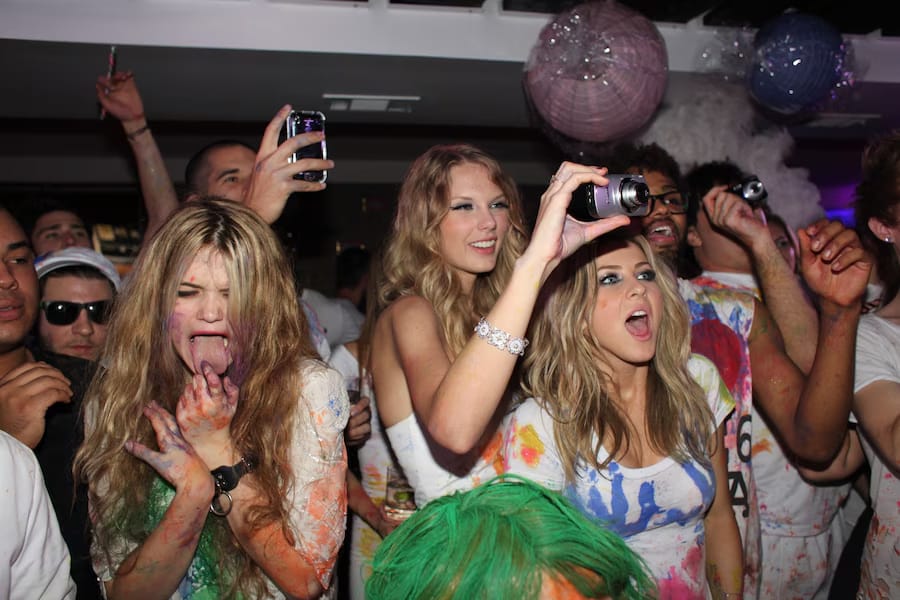
Sky Ferreira, Taylor Swift at Katy Perry’s birthday party in 2009, shot by The Cobrasnake
It’s difficult to properly define Zillennial culture because brands and marketers have neglected it in favor of our sibling generations. To me, it’s growing up watching Hannah Montana but leaving the Disney Channel behind at the same time Miley did, and being sat for each release of the High School Musical films. It’s wearing American Apparel disco pants to house parties but not the club. It’s painting your face with Dream Matte Mousse as a teen before graduating to Glossier as a young adult. It’s listening to Lorde whilst being the same age as her and being the first money in on Phoebe Bridgers. It’s being too young for Sex and The City, slightly immature for Girls but still enjoying it, and engrossed by Broad City but cringing at the Hillary cameo. It’s Blackberry BBM before iMessage. It’s being the youngest girl in the Topshop fitting rooms and pretending to relate to Mean Girls before you get to high school.
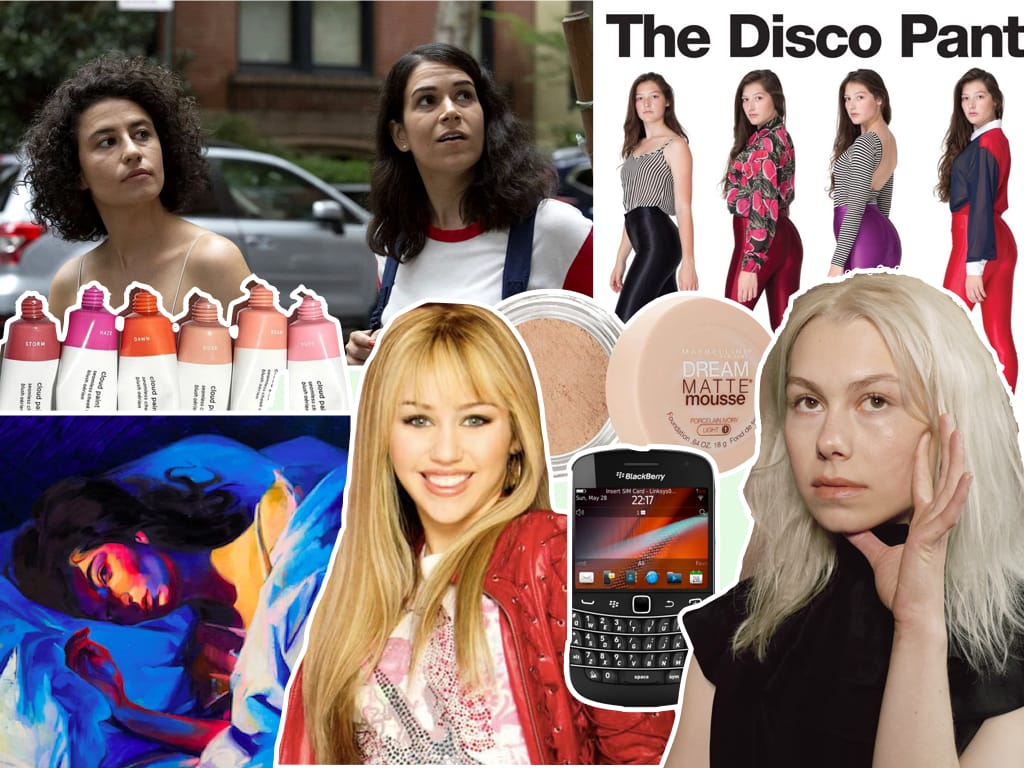
Camouflaging oneself into neighboring generations is a distinctly Zillennial experience, especially when it comes to digital publishing. In 2010, when I was on the verge of turning 14, two platforms that would become important to my life debuted: Man Repeller and Instagram. Suddenly, the internet was my direct line to the American fashion journalism scene, with people writing about style, life, and culture in a way that felt utterly new—casual, sassy, smart, provocative. Man Repeller staff felt like the Big Sisters of the internet, going beyond the “in/out” declarations of most fashion media and instead teaching you how to think, not just what to think.
For the next few years, I was obsessed with this world of magazines. Physical copies of NYLON and V magazine. Scrolling for hours on Tavi Gevinson’s Rookie mag. Bookmarking every article on Man Repeller, Broadly, The Pool, The Debrief, and xoJane. The early days of The Cut, one of the only digital outlets from the 2010s era that has survived. I found articles by directly typing in the URL, or clicking a link from the author on Twitter, who I reliably followed. Although I didn’t have this language for it at the time, my favorite writers were using platforms like Twitter to build their personal brands in collaboration with the masthead they fell under.
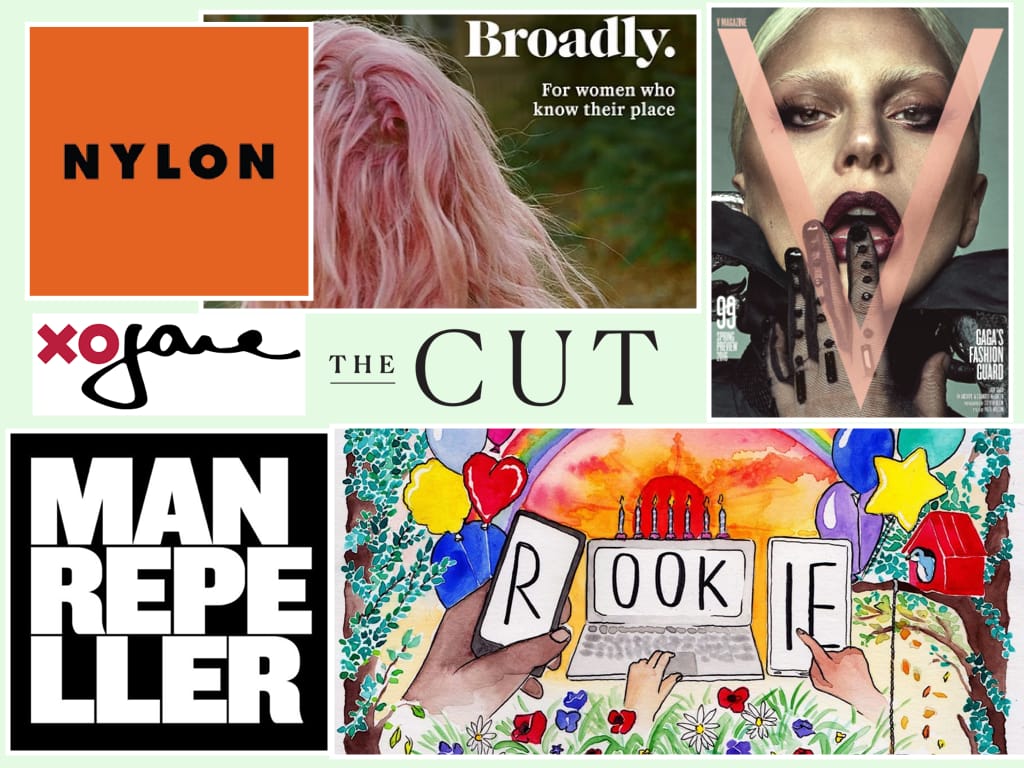
I was younger than the target audience of most of these publications, but it felt right for me to be reading them, like prepping for a future self. I would write quotes I liked from articles on flash cards (I remember one distinctly: “Notice the traits you like in other people, and use these to think about the type of person you’d like to be yourself”), treating them as a mini Bible that coached me through my teenage years.
Like they did for thousands of girls my age, these publications, alongside reality TV shows like The Hills and The City, made me want to work in digital media. This desire pushed me towards an English degree, and compelled me to start a Blogspot blog where I could compile evidence of my writing to show a future employer.
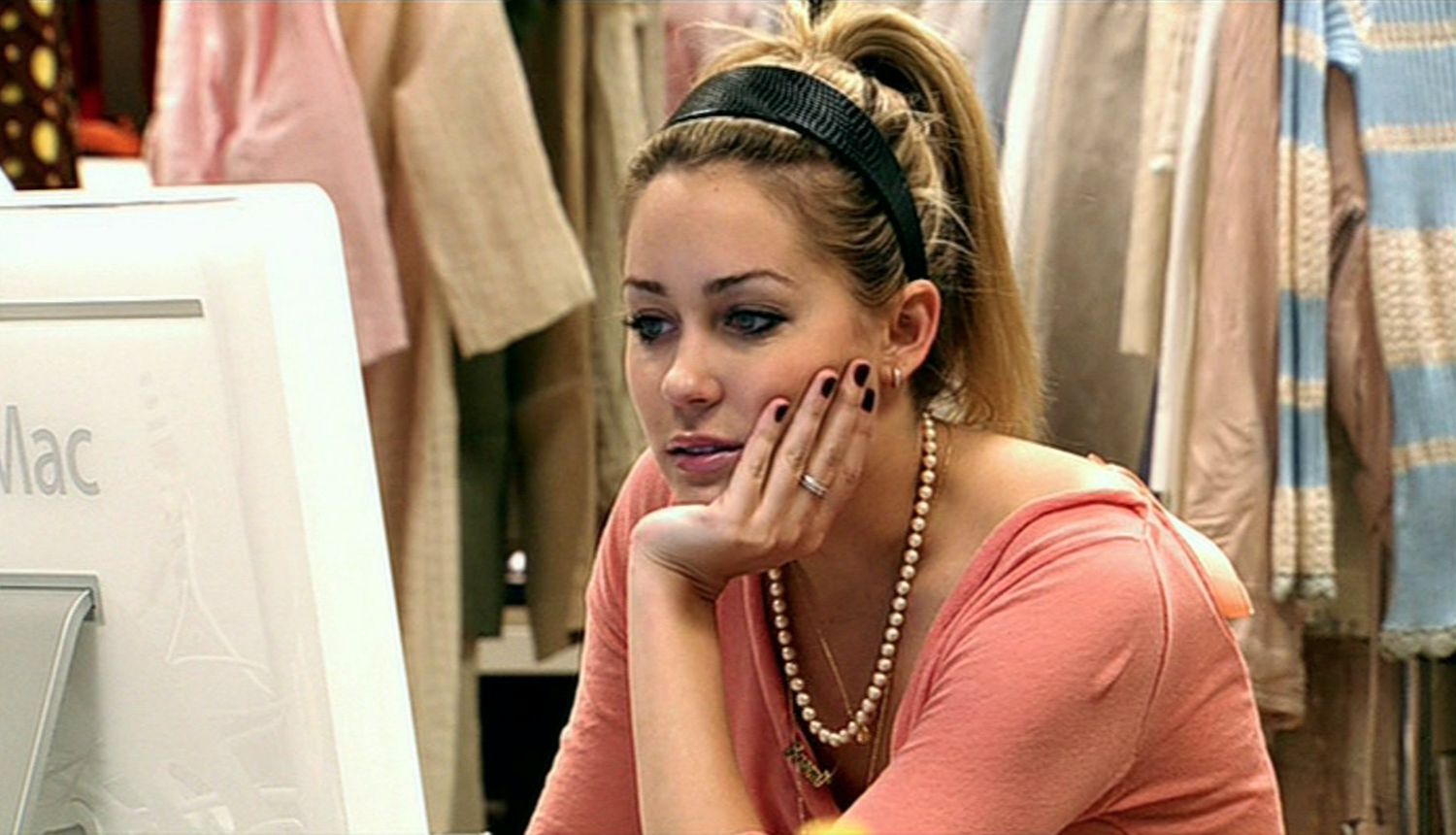
Is anyone else still thinking about the time that Lauren didn’t go to Paris?
But by the time I graduated in 2018, most of the outlets that inspired me as a teenager were gone. Website archives either stayed live for a few months with an ominous “this site is no longer being updated” banner or, worse, disappeared overnight. I’d also witnessed dozens of rounds of layoffs at the publications that somehow survived, and watched the general mood on Twitter shift from “check out my work” to “we’re all doomed.” I’d grown up hearing that print media was dying, but digital would be eternal, that the internet was forever. Before long, though, digital was failing too. I entered the job market facing a real scarcity of positions, and found that most junior roles demanded impossible experience.
Camouflaging oneself into neighboring generations is a distinctly Zillennial experience, especially when it comes to digital publishing.
The nail in the coffin came in 2020. The pandemic accelerated the trend of media layoffs and outlets closing. There was also the great reckoning of (white) women’s media in the wake of George Floyd’s murder and nationwide demonstrations in the U.S., which ultimately led to Man Repeller’s closure (founder Leandra Medine was criticized for her publication’s lack of diversity and laying off Black employees). And of course, the rise of TikTok, fracturing attention spans and deprioritizing the written word. The Millennial media era of the 2010s (article-focused, masthead-driven, fostering writers' personal brands within an editorial structure) felt definitively over.
Suddenly, everything was about Gen Z: short-form video, solo creators, microtrends. Millennials were now in their 30s, and Zoomers were shaping the next wave of culture. Gen Zers even started using TikTok to poke fun at Millennial culture (see: side parts and the “millennial pause”). To cope, millennials who’d started in digital publishing migrated their audiences over to Substack, with many building financially-stable media brands of their own without the infrastructure of traditional outlets (Haley Nahman’s Maybe Baby, Hunter Harris’s Hung Up). Gen Z creators began their own direct relationships with their audiences through TikTok and YouTube. (Mr. Beast and Emma Chamberlain were already popular at this point.)
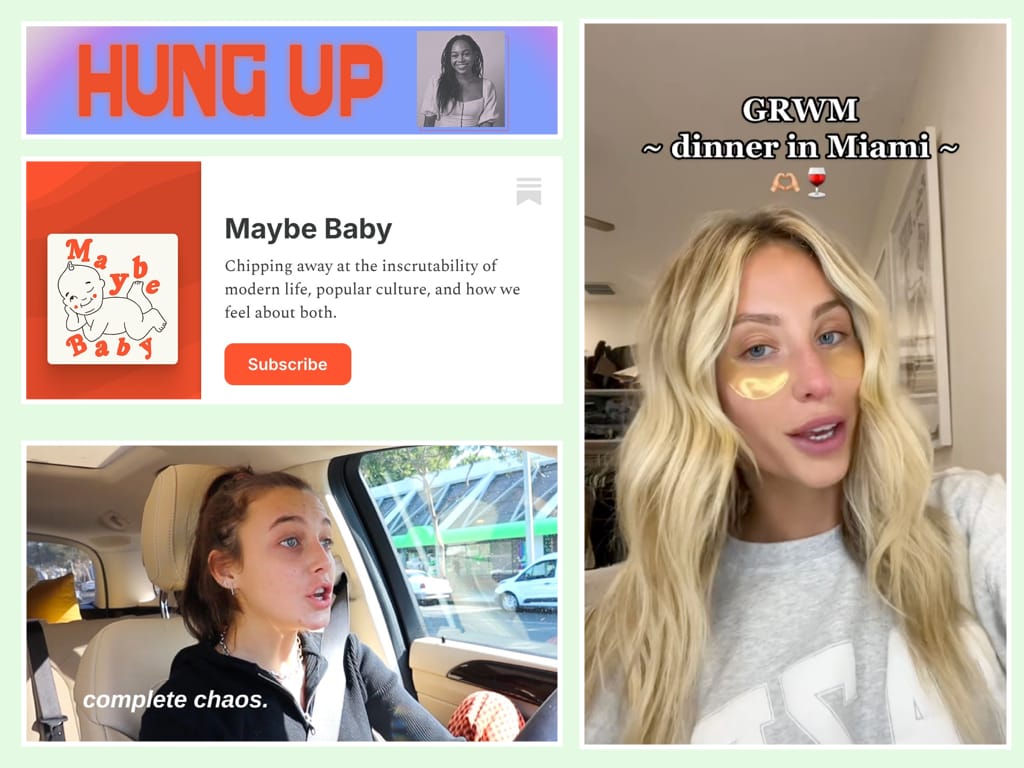
But for those of us sitting at the cusp of two generations, everything felt awkward. Too late for the media golden age we were raised on, too old to be throwing it back on camera or making get ready with me videos. There was a sense of grief, too. Losing a publication wasn't just losing content; it was losing that curated constellation of voices talking to each other and to us, under a shared banner. They reflected a specific sensibility and created places for people who shared that sensibility to engage with the world. When they vanished, it felt like a part of that identity and the cultural touchstones that helped define our cohort vanished too.
One of the hardest blows was the realization that the dream these publications inspired—a fulfilling career in digital media, shaping culture, writing essays that mattered—was largely built on shaky ground. The collapses and endless layoffs suggested the path we'd been preparing for didn't really exist, or at least not in the form we'd imagined. We discovered that the adult world was harsher and more precarious than the glossy pages and sharp voices had led us to believe…
And finally…
News from the Capsule universe this week:
Big Zillennial news: Miley is working on something for the Hannah Montana anniversary
Maybe Tyler, the Creator will get people to leave the house more
In case you’re wondering what Anne Hathaway looks like in the Devil Wears Prada sequel
Channel 4 are making a Taylor Swift docuseries
And while we’re on TS, there are rumours that the next era will inspired by ABBA
A Petra Collins photoshoot can make anything look good
Could not be further from affording Phoebe Philo but the drops are so good
Hayley Williams debuted a new solo song via Nashville local radio
A closer look at Charli xcx’s wedding flowers
People are betting on who will be Vogue’s next editor
But the bigger story this week: looks like Vogue is using AI models 🥲
You can now get married at a Lucy Dacus show
And the countdown to Topshop 2.0 has begun…

This week, Jessica Corrigan popped into Capsule to share what’s 🔥hot🔥 and what’s not 🙅♀️ …
Jess is a presenter for Offtrend (@offtrendhq), a fashion hub that has interviewed icons like Charli xcx, Haim and Rita Ora, plus the most stylish strangers on the street. With a passion for fashion and addiction to pop culture, she can often be found yapping about anything trending on her socials.
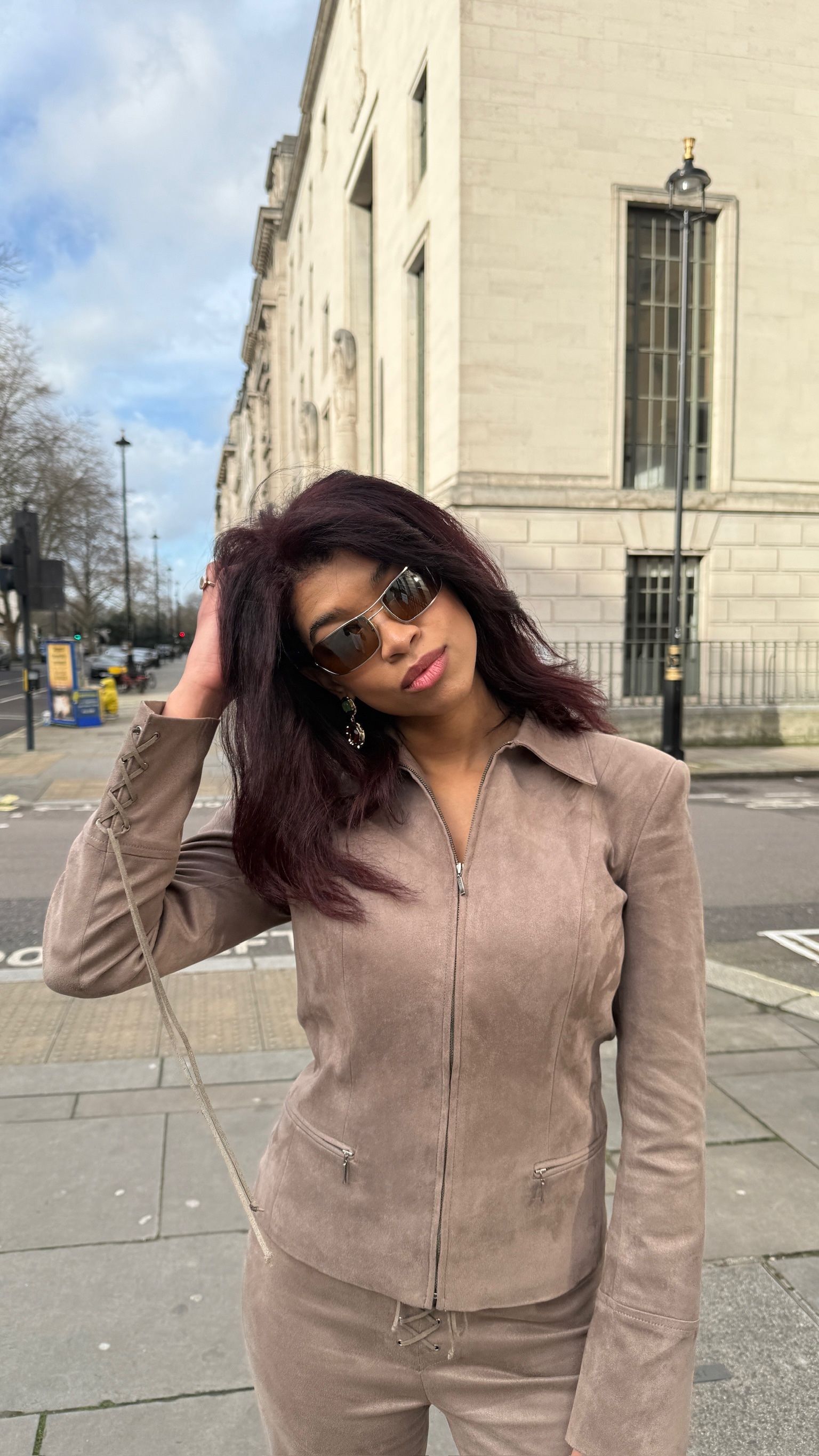
🔥🔥🔥Hot🔥🔥🔥
boots in summer, shopping with intention, pink + red combo, rewatching, live music, short short skirts, jalapeños on everything, Pinterest, long voice notes, pop girlies, gingham, cats, Glee, margaritas, being in therapy, road trips, karaoke
Hot Not… 🙅♀️🙅♀️🙅♀️
cheese when you’re lactose, Apple Music vs Spotify, getting your steps in, Chris Brown (and everyone going to his concerts), fast fashion, hating on Sabrina Carpenter’s album cover, shopping for bikinis, Labubus, AI TikToks, tarot card videos on TikTok (I fall for it every time), saying yes when you should say no, YouTube ads you cant skip, Klarna (guilty), talking at gigs

📺 Watching: Sense and Sensibility (1995), which is now 30 years old. Plus the live concert film of Miley in Paris this week, this Q&A with Lucy Moon and Hannah Witton - two YouTubers who aren’t drinking but for different reasons, the Zane Lowe interview with Little Simz, and these Popcast car videos with Jon Caramanica are maybe the only highly-produced vertical videos I actually watch all the way through.
📖 Reading: Alyssa Vingan’s take on why the Kylie Jenner Miu Miu campaign doesn’t hit and Kyle MacNeill’s dispatches from Oasis at Heaton Park.
🎧 Listening to: black british music, the Jim Legxacy album, Don’t Tap The Glass, the surprise new Tyler the Creator album, ’Perfectly,’ the new FKA twigs song, ‘Be Like The Water,’ the gorgeous new Indigo De Souza song, ‘S.M.O’ by Amaarae, and ‘End of Summer,’ the new Tame Impala song. Lots to go at!


Wispa 🤫
Wispa is here to share the Charli effect in action once more: searches for ‘wedding mini dress’ skyrocketed 397% after she married George Daniel in a Vivienne Westwood mini dress last weekend. That’s four times the average search volume - the highest point in Google Trends history.
If you’d like to adopt Wispa or one of her friends, click here to learn more.
Thanks for reading! I’d love to hear how you’re finding Capsule - let me know here. And if you have a friend who might like it, do refer them! 🥺
See you next week 💋
